The Moon May Have A Better Internet Connection Than You Do
Smithsonian reports that NASA has succeeded in creating what is basically an Internet connection to the Moon:
The Moon may now have a better wireless signal than your local coffee shop. In a test last fall, NASA and MIT researchers showed off a fancy new rig that uses pulses of laser light to shoot data across the vast distances between Earth and our satellite some 238,900 miles away. The results of this first test are set to be presented by the researchers at a conference on June 9th, says Wired UK.
NASA’s laser-based long-distance internet has been under development for the past 3 years, and last fall it was put to the ultimate long-distance upload test, says the Optical Society:
The team made history last year when their Lunar Laser Communication Demonstration (LLCD) transmitted data over the 384,633 kilometers between the moon and Earth at a download rate of 622 megabits per second, faster than any radio frequency (RF) system. They also transmitted data from the Earth to the moon at 19.44 megabits per second, a factor of 4,800 times faster than the best RF uplink ever used.
A 19.44 megabits per second upload speed is not only much faster than the radio frequency data transmission typically used in space exploration, it’s actually nearing the upper end of what you can get at home, according to Yahoo. A 10 to 15 megabit per second transfer speed gives you more than enough juice to stream high definition TV or have video chats. Downloading from the Moon to the Earth was even faster, with transfer speeds pushing 622 megabits per second.
The setup required to get NASA’s space laser internet to work is a bit different than just running some ethernet cables, though, says Wired UK. The system uses four satellites in New Mexico to shoot pulses of infrared laser light across 238,900 miles.
The practical implications for this kind of breakthrough are obvious, of course. As the article notes, this would allow satellite imagry to be in near real-time, which would be very valuable for military uses obviously, but also for weather forecasting. Additionally, one imagines that there is some potential here for improving our ability communicate with satellites and future manned missions beyond Earth’s orbit including, perhaps, an eventual manned mission to Mars.
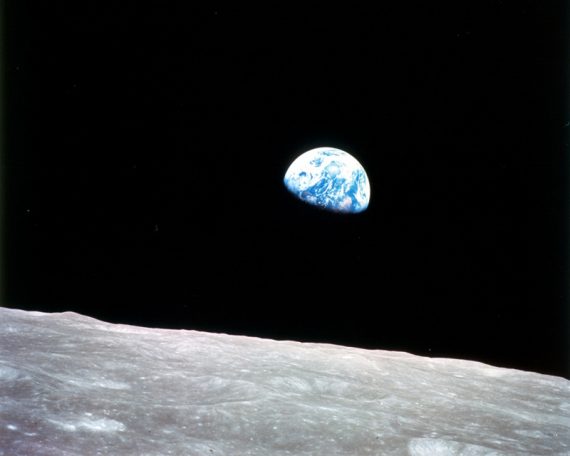

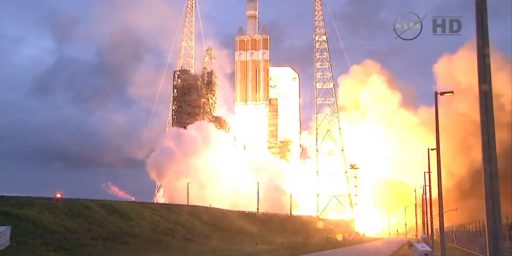
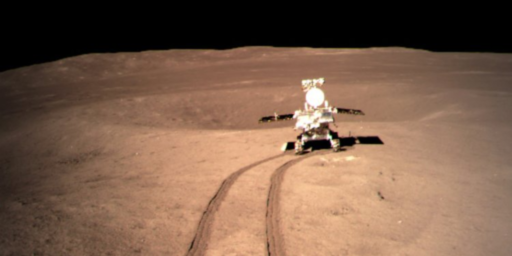
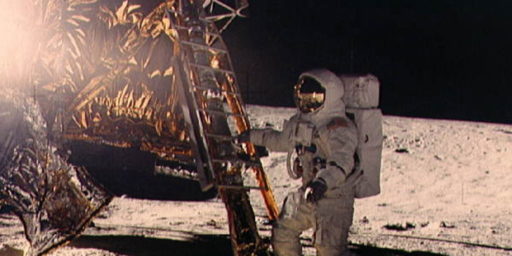
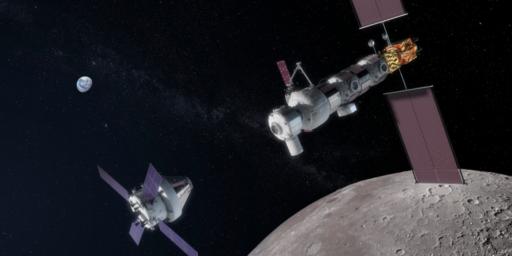
Well no sh!t Sherlock, I could have told you that.
“The system uses four satellites in New Mexico to shoot pulses of infrared laser light across 238,900 miles.
Huh?
OK, I went to the source article, and it’s four telescopes that are in New Mexico, not satellites.
And before getting too excited, don’t forget to factor in the 2.5 seconds it takes for light to travel from the Earth to the moon and back…
Cat videos on the moon! God bless you, Al Gore!
Well, Professor Joyner will clearly have to change the name of this blog from “Outside the Beltway” to “Inside the Asteroid Belt.”
Overall download and upload speeds are only part of a good Internet connection. Latency is also vitally important for many things, for example multiplayer games. And latency is at the very least an order of magnitude worse on the moon due to the distance.
That’s no surprise. The moon isn’t served by Comcast.
I pay Comcast extra for 50mbps as opposed to 20. I usually get closer to 60 on my hard wired desktop and near 20 on my home wifi. I do have problems sometimes on weekend evenings when I’m streaming movies and I assume it’s because everyone else it streaming movies as well.
Regardless of how fast the connection is, you’re not going to be able to have video chats with the moon due to latency, as it’s will take three seconds for a signal to get from the earth to the moon and back.
We (the local space society) did an experiment once: rigged up two robot cars, one with a delay you could dial in, then set up a set of zigzag ramps and a few other obstacles. Handed the controllers to people and turned them loose.
It’s really, really hard to control something mobile when there’s a 3 second delay.
Ham radio types have been bouncing signals off the moon for decades. EME (Earth-Moon-Earth) bouncing was quite the thing, a few years ago.
and@Stormy Dragon: , while youre quite right about the delay, isnt real-time satilite linking for vid chat, a similar issue? I mean, TV networks do it all the time.
@Eric Florack:
Those satellites are in low earth orbit, not so far away as the moon.
@Eric Florack:
The latency for a signal bouncing off a geosynchronous satellite both ways is half a second, so we’re talking six times worse than that.
@grumpy realist: Your experiment is somewhat related to my work. I would go so far as to say it’s basically impossible to control something with a 3-second delay. If you had even a tenth of that in a car, you would most likely crash at the first corner you tried to navigate.
@Franklin:
I would go so far as to say it’s basically impossible to control in real time something with a 3-second delay.
@Grewgills: Oh it’s quite possible. It’s just a video game at that point and there’s much harder stuff done there.
@Grewgills: Your additional qualification is fine, but I thought that’s what we were talking about, given grumpy realist’s example.